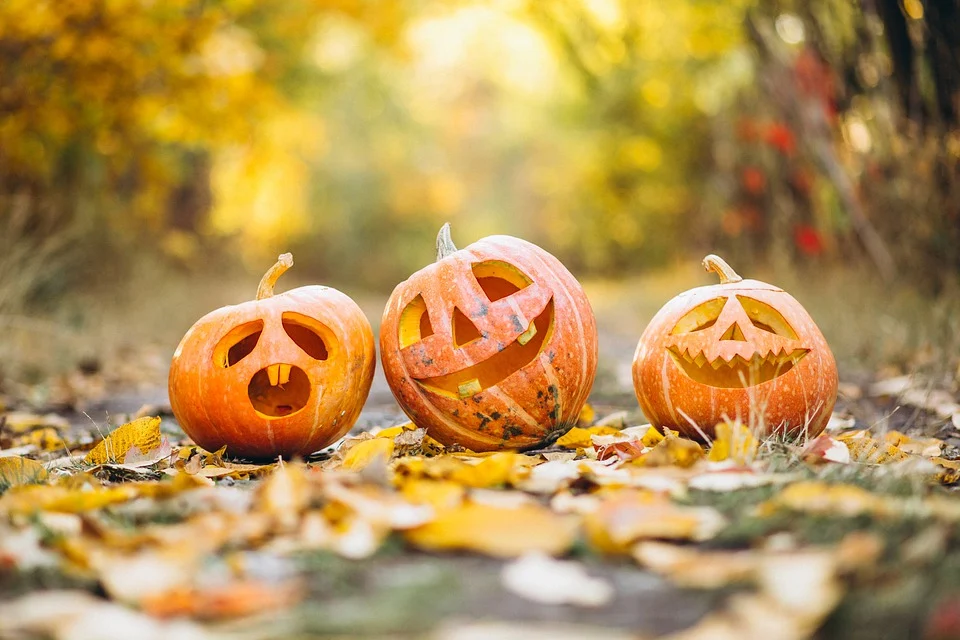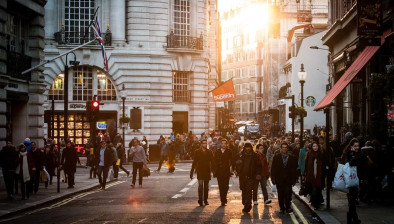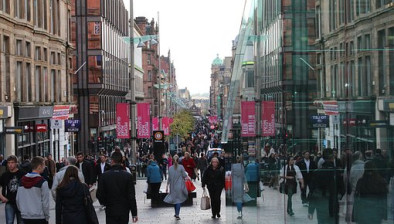SRC & KPMG: Return of Halloween fails to lift retail sales figures
The return of Halloween has failed to lift retail figures, as total sales in Scotland increased by just 2.0% compared with October 2020, according to the latest Scottish Retail Consortium (SRC) and KPMG Scottish Retail Sales Monitor.

In October 2020, retail sales decreased by 8.5%, however, this year’s rate was still below the three-month average growth of 2.1% and the 12-month average of 11.5%.
However, on a 2-year basis, Total retail sales continue to perform well below pre-pandemic levels, with sales down 11.3% compared with October 2019.
Scottish sales decreased by 0.3% on a Like-for-Like basis compared with October 2020, when they had decreased by 6.8%. This is below the 3-month average increase of 2.1% and the 12-month average of 10.0%.
Total Food sales decreased 1.3% versus October 2020, when they had increased by 4.4%. October was below the 3-month growth of 0.5% and the 12-month average growth of 1.7%. The 3-month average was below the UK level of 1.5%.
Total Non-Food sales increased by 4.8% in October compared with October 2020, when they had decreased by 19.3%. This was above the 3-month average growth of 3.5% and below the 12-month average growth of 19.7%.
Adjusted for the estimated effect of Online sales, Total Non-Food sales increased by 0.4% in October versus the same month last year, when they had decreased by 6.2%. This is below the 3-month average growth of 0.5% and the 12-month average growth of 30.5%. This was below the UK’s 3m average growth of 1.8%.
David Lonsdale, director of the Scottish Retail Consortium, said: “Not even the return of Hallowe’en and guising could lift Scottish retail sales last month as frightening figures showed a 11% slump compared to the similar trading period prior to the pandemic.
“It was a month when households contended with spikes in the cost of living, notably energy bills and prices at the petrol pump, as well as the end of furlough, and as parts of the retail industry were challenged by shipping and stock shortages. This underwhelming performance is especially disconcerting as October is traditionally the third biggest retail month of the year and usually heralds the start of festive trading.”
He added: “Clothing and footwear performed well, especially more formalwear, as social calendars filled up and a modest return to office working helped drive sales. After last year’s curtailed festivities the return of Hallowe’en guising buoyed sales of confectionery and kids costumes. Early Christmas related purchases could be seen in gifting, advent calendars and decorations. Furniture remained weak, and grocery sales cooled as people ate out.
“This sustained weakness in Scottish retail sales, a tenth down on pre-pandemic levels, is alarming, more so with further rises in the cost of living already baked in to the public policy pipeline. It comes during a critical moment in the year when stores need to generate the revenues which will tide them through the lean early months in the new year.
“With the clock ticking down to the Scottish Government’s Budget, retailers will be looking for convincing action to lift consumer sentiment and to stem the remorseless rises in costs including a reduction in business rates for all retail premises.”
Paul Martin, partner, UK head of retail, KPMG, commented: “Scotland’s consumer spending remains some way off pre-pandemic levels, with total sales down 11.3% compared with October 2019. With Christmas fast approaching, Scottish retailers will be hoping for confident consumers to step through the doors and shop online during what is always a critical period of trading.
“Limited availability of stock has created strong pricing dynamics, which means we are unlikely to see any big discounting this Christmas, and many retailers will be hoping consumers are willing to buy the most sought after gifts at any price.”
He concluded: “With rising costs putting a strain on most retailers, they will be placing all hopes that demand remains strong as consumers plan for a bumper Christmas, shopping early for those much wanted gifts and spending more than last year when Christmas gatherings were cancelled. The main concern is now how trade will develop post-Christmas into 2022.”








